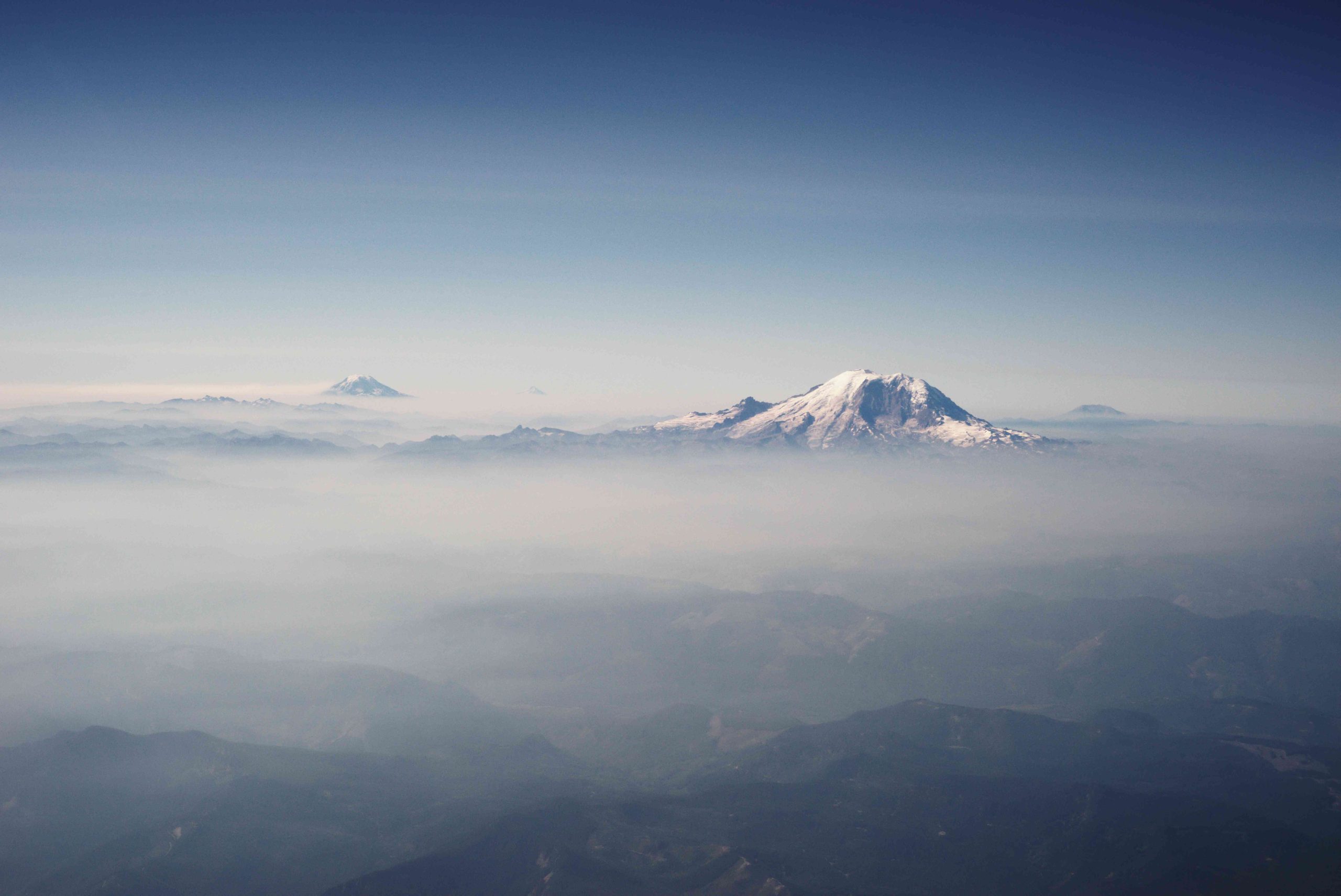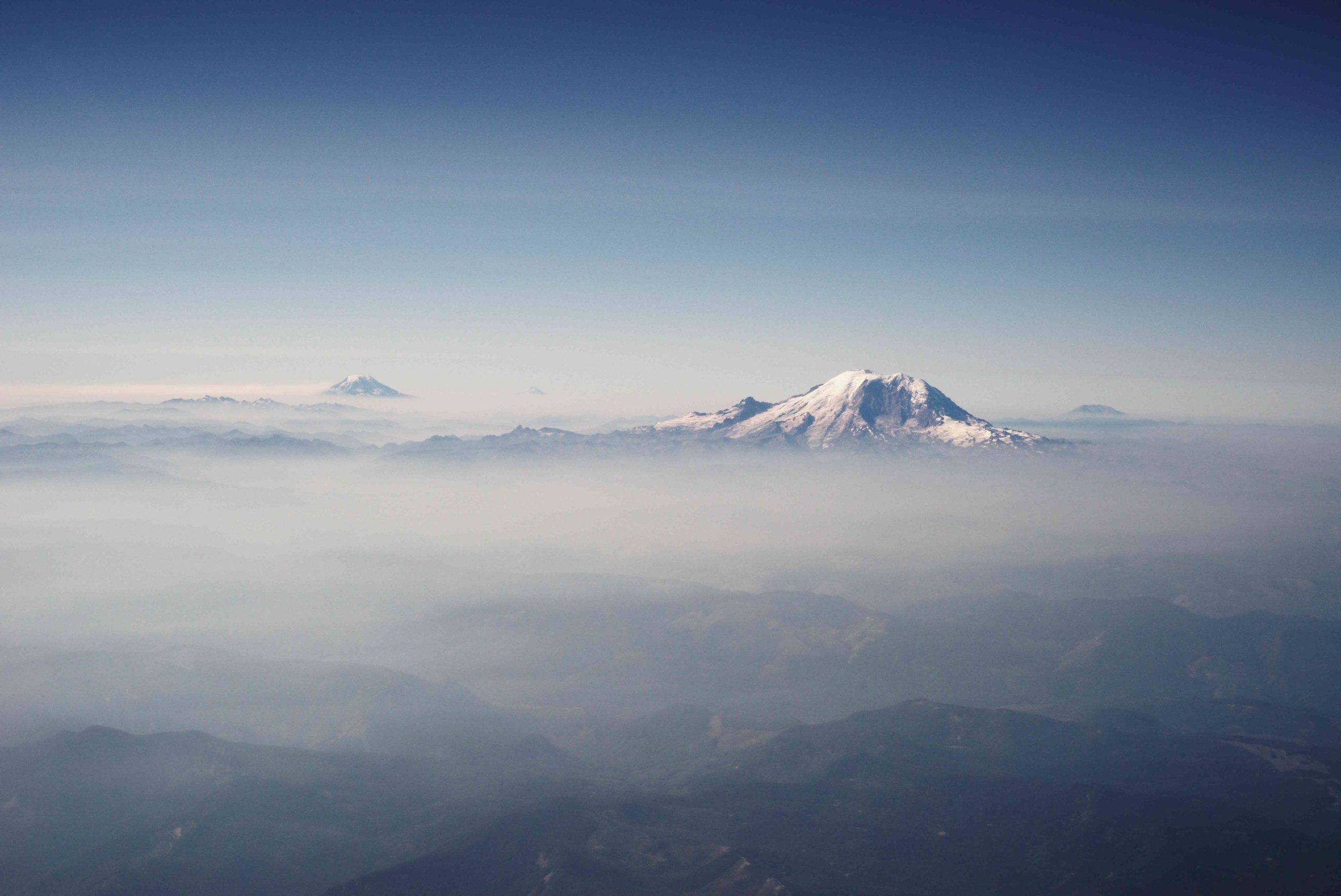Mount Rainier National Park offers some of the best stargazing opportunities in the Pacific Northwest. With its high elevation, clear skies, and minimal light pollution, the park provides an ideal setting for observing celestial wonders. The Sunrise area, located in the northeast portion of the park, is particularly renowned for its exceptional stargazing conditions. This guide will explore the best star gazing points, optimal viewing times, and essential tips for an unforgettable astronomical experience at Mount Rainier.
What Are the Best Star Gazing Points in Mount Rainier National Park?

Sunrise Area: The Crown Jewel of Stargazing
The Sunrise area stands out as the premier stargazing location in Mount Rainier National Park. Here’s what you need to know:
- Location: Northeast portion of the park, 15 miles from the White River Entrance
- GPS Coordinates: 46.915788, -121.643709 (Sunrise Visitor Center)
- Elevation: Approximately 6,400 feet
- Accessibility:
- Open from July to October via paved Sunrise Road
- Ample parking available at main Sunrise parking lot and Sunrise Point
- Restrooms located near the main parking lot
- Easy to moderate hiking trails with stellar views
Sourdough Ridge Trail
For those seeking a slightly elevated vantage point:
- Starts from the north side of the Sunrise parking area
- Elevation gain: Approximately 300 feet
- Moderate difficulty with dirt trail and stone/log steps
Silver Forest Trail
A gentler option for stargazers:
- Begins at the south side of the Sunrise parking lot
- Elevation gain: Approximately 150 feet
- Easy to moderate difficulty, perfect for a nighttime stroll
When Is the Best Time for Stargazing at Mount Rainier?

Moon Phases and Seasonal Considerations
To maximize your stargazing experience, consider these factors:
- Moon Phases:
- Optimal: New moon phase for darkest skies
-
Avoid: Full moon periods
-
Seasonal Weather:
- Best: July to October (Sunrise Road open, clearer weather)
-
Possible: Late spring and early fall (road may be closed due to snow)
-
Visibility Conditions:
- Check weather forecasts for clear skies
- Be prepared for sudden weather changes
What Equipment and Techniques Are Recommended for Astrophotography at Mount Rainier?
Essential Gear and Settings
For capturing the night sky over Mount Rainier:
- Camera: DSLR or mirrorless with manual mode
- Lens: Wide-angle (14-24mm range)
- Tripod: Sturdy for long exposures
- Remote shutter release or timer: To minimize camera shake
Recommended Settings:
| Setting | Recommendation |
|---|---|
| ISO | 1600-3200 |
| Aperture | f/2.8 or wider |
| Exposure | 20-30 seconds |
Techniques for Stellar Shots
- Find an unobstructed view of Mount Rainier (e.g., small ridge off Sourdough Ridge Trail)
- Use a red light to preserve night vision
- Be patient and wait for optimal viewing conditions
- Practice Leave No Trace principles to protect the environment
How Does Light Pollution Affect Stargazing in Mount Rainier National Park?
Sunrise Area: A Dark Sky Haven
The Sunrise area boasts minimal light pollution, making it one of the best stargazing locations in the Pacific Northwest. However, be mindful of:
- Headlights from vehicles in parking areas
- Flashlights from other visitors
To preserve the dark sky experience:
- Use red lights instead of white lights
- Be considerate of other stargazers
- Avoid overnight camping in vehicles without a wilderness permit
What Amenities Are Available for Stargazers at Mount Rainier?
Sunrise Area Facilities
To enhance your stargazing experience, the following amenities are available:
- Restrooms near the main Sunrise parking lot
- Day Lodge at Sunrise for to-go food and beverages (check operating hours)
- Ample parking at main Sunrise parking lot and Sunrise Point
- Accessible trails with restrooms for those with mobility concerns
Remember to come prepared with warm clothing, snacks, and water, as services may be limited during nighttime hours.
By following these guidelines and taking advantage of the exceptional stargazing conditions at Mount Rainier National Park, you’re sure to have an awe-inspiring celestial experience. Whether you’re a seasoned astronomer or a casual observer, the night skies above Mount Rainier offer a spectacular show that’s not to be missed.
